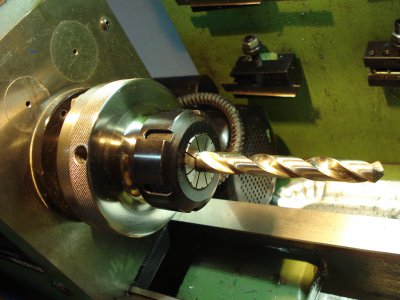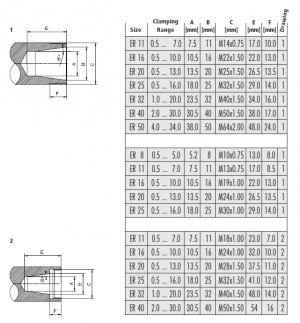Are you sure you can't cut 1.5mm threads? Some smart guy around here just might be able to give you a work around if you tell us what lathe you have. It may end up easier than fabricating a nut.
I have read accounts of hobby machinists making ER chucks from aluminum, so it should work for light use. Getting a piece of steel or cast iron might be a better idea if you plan to do a lot of collet work.
Try this link for ER dimensions
http://www.takayama-shoji.co.jp/rego/pdf/13_technical_information.pdf
Sorry it took so long to reply to this; It's been hectic. I never considered the possibility of cutting metric threads on my lathe; I just accepted it as something not worth pursuing, but you inspired me to look into it.
My lathe is a Logan 9". It has a QCGB and an 8TPI lead screw. I've devoted some hours to figuring out the gearing and how everything works; I can assure you I don't "get it" 100%, but here's what I've come up with:
I think that by replacing my 48T gear going into the QCGB with a 74T gear I can cut a 1.498MM screw (0.13% error) with my QCGB set to 11TPI.
I came to this conclusion by playing around with my spreadsheet (see attached).
If you'd like to check out my spreadsheet and sanity check me, here's how my lathe is set up:
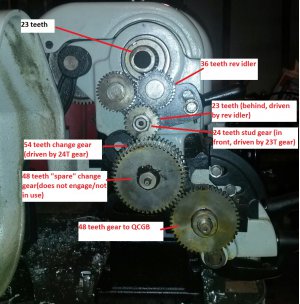
I have no other gears other than what's shown.
Here's my QCGB chart:
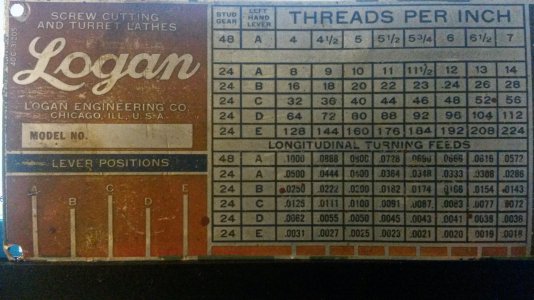
I realize a 74T gear is not part of any standard gear set, by any lathe manufacturer, anywhere in the world, ever, but I think it should be a breeze to print one out in my 3D printer in Nylon645. I've done the math on the gear and drawn it up in Sketchup. My nylon has been sitting for months and needs to be dried out before use, you have time to save me from a foolish move. Here's a pic, source file attached (rename 74T logan gear.pdf to 74T logan gear.skp):
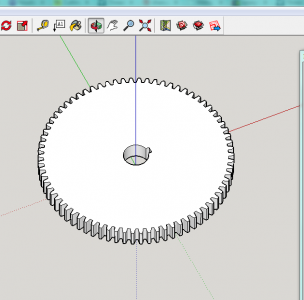
I've wondered if 3D printed gears will stand up to use in machine tools; I guess now is a good time to find out. If it works out, I might just print the 127/100 tooth gears that I really should be using (although my spreadsheet doesn't seem to like those numbers much - probably an error in on my part).
If any of you old salts have a better suggestion, I'm all ears.





